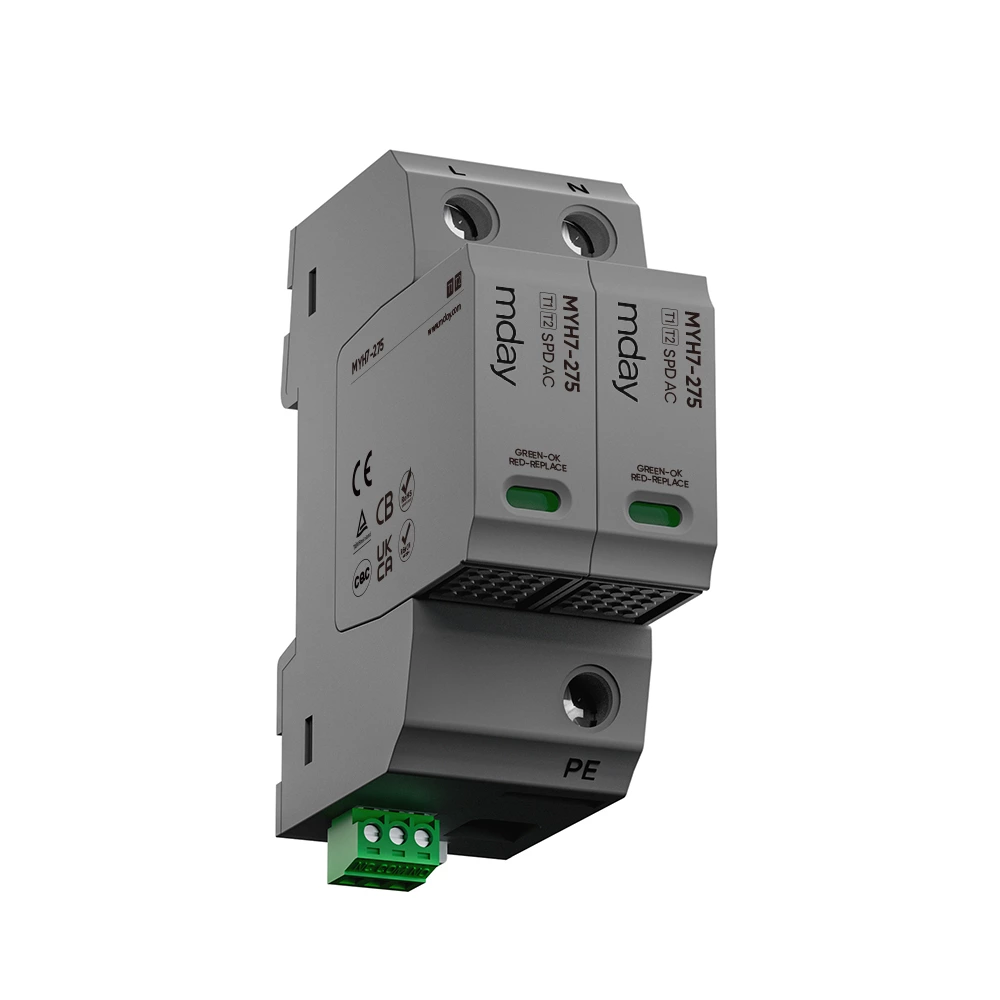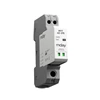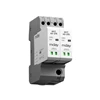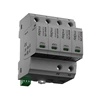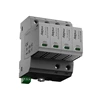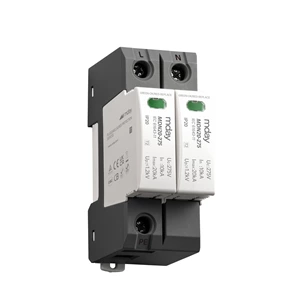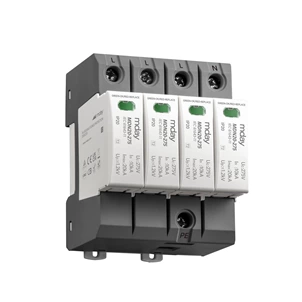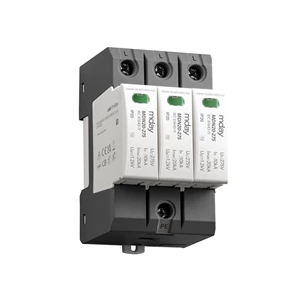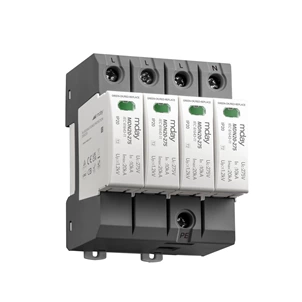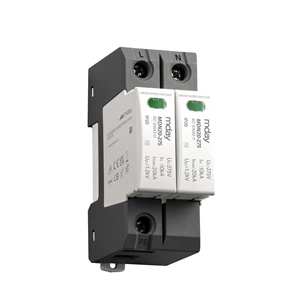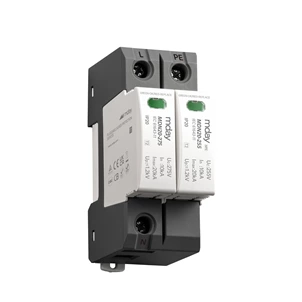Carbon Fiber Blade Surge Protector
Leads in Blades
In the long term, the surge protective device connection must be reliable and able to withstand the combined impact of electricity, heat, and electromotive force (EMF) generated by lightning at sea. The underline should be attached to the blade before simulated lightning testing and tested along with the blade for its ability to withstand mechanical stress.
The leads must not exceed the reef temperature tolerance during lightning transmission.
Carbon Fiber Blades surge protector
Protecting carbon fiber blades presents several different and more complex challenges. Unlike glass fiber, carbon fiber is a conductor. Damage to glass fiber blades typically occurs at the leading and trailing edges, but in the case of carbon fiber blades not protected by surge protection device devices, it often occurs at the spar cap where the conductive carbon is located. Flash bands are commonly used to protect carbon fiber blades from lightning. An early, common method involved embedding a cap beneath the blade's rubber layer, allowing a metal mesh to contact the carbon fiber layer. However, lightning current striking this mesh can cause cracks in the outer casing, necessitating inspection and repair.
This flash band is a type of multi-node, discontinuous flash band used in aircraft radar antenna fairings. A series of thin conductive elements are placed on top of the resistive material to control the gap, a thin return tape is pulled out and glued to the protective surface, and the multi-node flasher is a metal channel that conducts lightning current. A small gap is provided, which will ionize when a large high-voltage electric field is generated.
